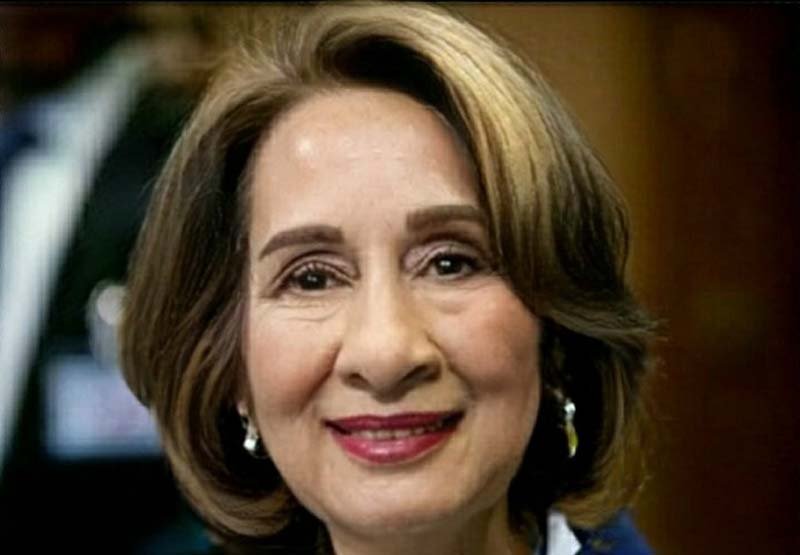In 1988, Aung San Suu Kyi led several marches to protest the rule of a military dictatorship in Burma. She has led five of these marches so far, and they were successful in getting the military to step down. This earned her the Nobel Peace Prize.
Who is Aning San Suu Kyi?
1. She is the daughter of Aung San, Myanmar’s national hero, and Khin Kyi, Myanmar’s ambassador to India.
2. She has served as the State Counselor of the country since 2016.
3. She was educated in Myanmar, India, and the United Kingdom.
4. While there, she became involved in the democracy movement.
Why did she march?
Aung San Suu Kyi led several marches during her years of campaigning for democracy in Myanmar (formerly Burma). She also marched to call for the release of political prisoners and to demand human rights for the people of Myanmar.
She marches were typically peaceful. However, they were sometimes met with violence by the military regime. In 1988, Aung San Suu Kyi was arrested after leading a march to protest the military dictatorship. She spent many years under house arrest before being released in 2010.
Her marches helped to raise awareness of the situation in Myanmar and rally support for her cause. Her determination and courage inspired many people inside and outside of Myanmar. Thanks in part to her efforts, Myanmar is now a democracy.
What was the Burmese uprising?
The Burmese Uprising was a series of protests and demonstrations that started in Burma in August, 1988. The demonstrators wanted the military to step down and for democracy to be implemented across the nation. The uprising culminated in a mass demonstration on September 18th, which was led by Aung San Suu Kyi.
The military put down the 8888 Uprising with force, but it started a movement for democracy that is still going on today.
How many marches did she lead?
She led a number of marches during her time as a political activist in Myanmar. In 1988, she led a march of students and others from Yangon to the city of Mandalay to protest the military dictatorship that was in place at the time. This march covered over 600 miles and took several weeks to complete.
In 1989, she led another march from Yangon to Mandalay to protest the regime’s decision to cancel elections that had been scheduled for that year. This march also covered several hundred miles and took several weeks to complete.
In 2007, she led a march from Yangon to the city of Sittwe to protest the regime’s decision to expel international monitors who were in the country to observe human rights conditions. This march was shorter than the previous two, but still covered a distance of over 200 miles.
What group and what were the demands.
1. In August 1988, Aung San Suu Kyi, a Burmese political activist, led a group of protesters in a march for democracy. The group demanded an end to the military dictatorship that had been ruling Burma for over 20 years.
2. The march began and ended peacefully. However, the military government responded by putting Aung San Suu Kyi under house arrest. She would remain under house arrest for almost 15 years.
3. In November 2010, Aung San Suu Kyi was released from house arrest and she immediately resumed her fight for democracy in Burma.
What was the legacy of Burma’s military regime after the first pro-democracy demonstrations of 1988.
The regime that followed the military dictatorship that ruled Burma for over 26 years was disastrous for the country. The new government, which was elected in a fair and free election in 2010, has worked tirelessly to improve the lives of its people.
The first pro-democracy demonstrations of 1988, which she led, were brutally crushed by the military regime. The regime that followed was even worse, killing thousands of protesters and driving many more into exile.
In 2011, she led a march from Mandalay to Rangoon to protest against the regime. And in 2015, she marched from Pyinmana to Naypyidaw to demand democratic reforms.
The legacy of the military regime is still felt in Burma today. But thanks to the courage and determination of Aung San Suu Kyi and the people of Burma, the country is slowly moving towards democracy.
